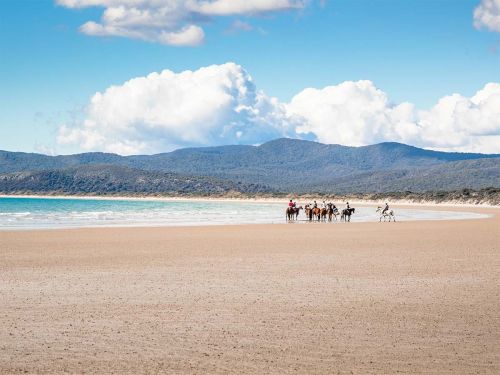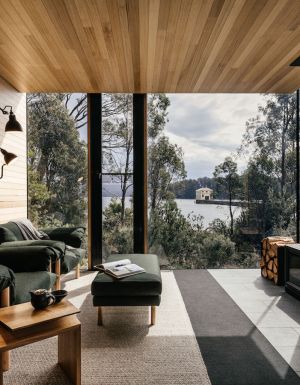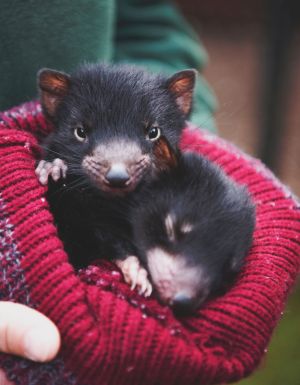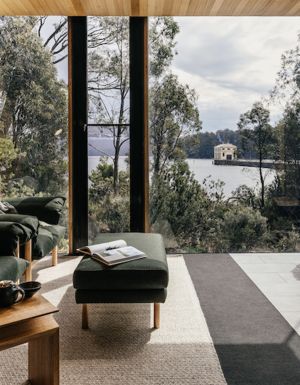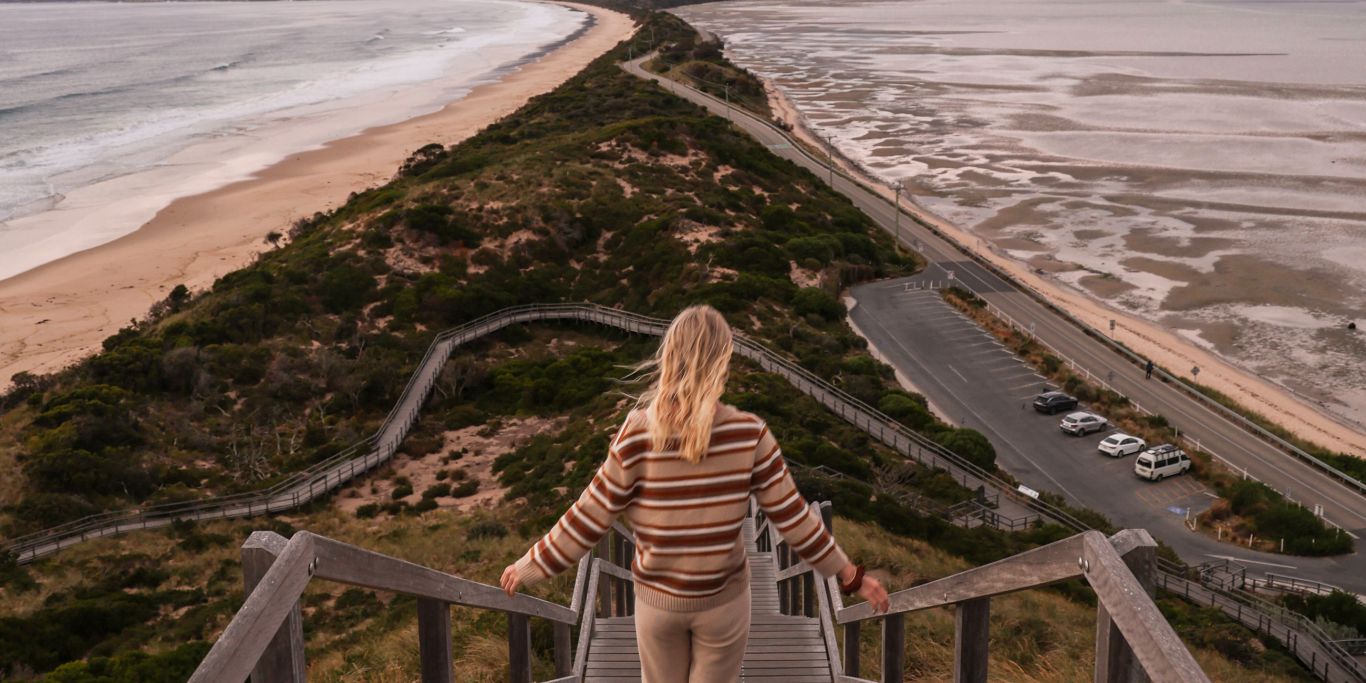With a stunning diversity of landscapes – from long, wide beaches to heathland and lagoons – to the profusion of animal life that lives here, this hidden gem of a park in Tasmania’s north will get under your skin. extraordinary.
With diverse natural landscapes including coastal heathlands and grasslands, wetlands and woodlands, inlets, islands, dunes and lagoons, and bordered by long, sweeping beaches that fringe Bass Strait, Narawntapu is a pocket-sized national park that – at just 4500 hectares – packs a punch and leaves an indelible impression.
This coastal refuge in northern Tasmania, just east of Devonport, boasts wide open plains that are home to an abundance of wildlife; it is one of the best places in the state to spot all manner of marsupials, from the Forester kangaroo to the Bennett’s wallaby, plus pademelons, and birds such as honeyeaters, green rosellas and black cockatoos. Stay the night to enjoy the creature comforts of some of the best camping Tasmania has to offer.

Narawntapu National Park must-see sights
Archers Knob
Archers Knob lookout rewards walkers with spectacular views that highlight the park’s diverse landscapes: from wetlands to heathlands to blue crescents of ocean. Walk the nine-kilometre circuit (one of Tassie’s 60 Great Short Walks), which returns via Bakers Beach, through paperbark swamp to the Springlawn bird hide, before taking the zigzag track up to the lookout.

Springlawn
The gateway to the park complete with visitor centre and campsite (one of four throughout the park), Springlawn encompasses lagoon landscapes, open grasslands, coastal vegetation and paperbark swamp – where waterbirds congregate. Its open expanse means it’s a perfect place to witness the wanderings of the park’s marsupial residents at dusk.

Bird Hide
Take the Bird Hide Walk, more of a stroll, from Springlawn through banksia scrub and paperbark swamp to the bird hide. Here you’ll spot – depending on the time of the year – a motley crew of birds including ducks, swans, herons, cormorants, bitterns and grebes, and be greeted with the symphony of both the paperbark swamp and the lagoon itself.
Bakers Beach
Bakers Beach is one of a series of long, wide stretches of coastline that Narawntapu National Park harbours. Once setting the stage for speed events run by Australia’s first motorcycle club, today it invites more leisurely pursuits: a day spent beachcombing, horse riding, swimming or simply strolling, while the waters of Bass Strait lap at your feet.

Point vision track
This 15-kilometre return track for experienced bushwalkers will lead you, via steep inclines with views out to the park and distant ranges beyond, to the highest accessible summit on the Asbestos Range, at 370 metres. Once at the top you’ll be met with spectacular coastal views taking in the Port Sorell estuary, where the freshwaters of the Rubicon River and Franklin Rivulet meet the saltwater of Bass Strait.
Coastal Traverse
Make a whole day of taking in Narawntapu National Park’s spectacular coastal border by traversing from Bakers Beach to Greens Beach (or vice versa). Along this 21-kilometre (one-way) stretch, you’ll be greeted with breathtaking coastal scenery and opportunities for dipping a rod or your toes. A detour to West Head makes for some of the most glorious coastal panoramas going from its clifftop lookout.
Horse riding
Narawntapu is one of just a few parks and reserves in Tasmania that permits horse riding, and what better way to take in the coastal scenery here than by trotting along in the saddle? There are two trails to choose from: along the pristine beach or through the coastal bush and past stands of Australian grass tree. Organise your ride through Cradle Country Adventures.

Narawntapu National Park wildlife
Oystercatcher
Narawntapu National Park is a paradise for birds – from the water birds that flourish on the shores and lagoon at Springlawn to the coastal birds including gulls, terns and oystercatchers; the north-east of the park forms the Rubicon Estuary Important Bird Area, which supports over one per cent of the world’s population of pied oystercatchers: a large black-and-white wader that grows up to half a metre in length and is a common sight on Australian beaches, it is unmistakable with its blood-orange bill and eye rings.

Tasmanian devil
In 2015 Narawntapu became home to a world-first when 19 immunised Tasmanian devils were released into the park; it was the first time a vaccine against the cancer threatening the species was tested in the wild and marked an important milestone in the endeavour to save the local mascot from extinction. Listen out today for the nocturnal screeches, grunts and growls of this shy marsupial.
Other Marsupials
Known on the mainland as the grey kangaroo, the Forester kangaroo is Tasmania’s only kangaroo and packs a fair punch – a male can reach over two metres in height when upright. This local kangaroo is currently found in a restricted number of isolated populations in central and north-eastern Tasmania, especially Mt William National Park, Maria Island National Park and Narawntapu National Park.
Here, you are bound to see them resting and grazing on open grassland at Springlawn, alongside Bennett’s wallabies, pademelons and quolls. The park’s once-healthy wombat population has declined in the last decade due to mange, although Narawntapu has proven an important site for University of Tasmania researchers working to manage the disease statewide.

Getting to Narawntapu National Park
The main section of the park, Springlawn and Bakers Beach, is accessible 30 minutes east of Devonport and the ferry terminal, or north west from Launceston.


